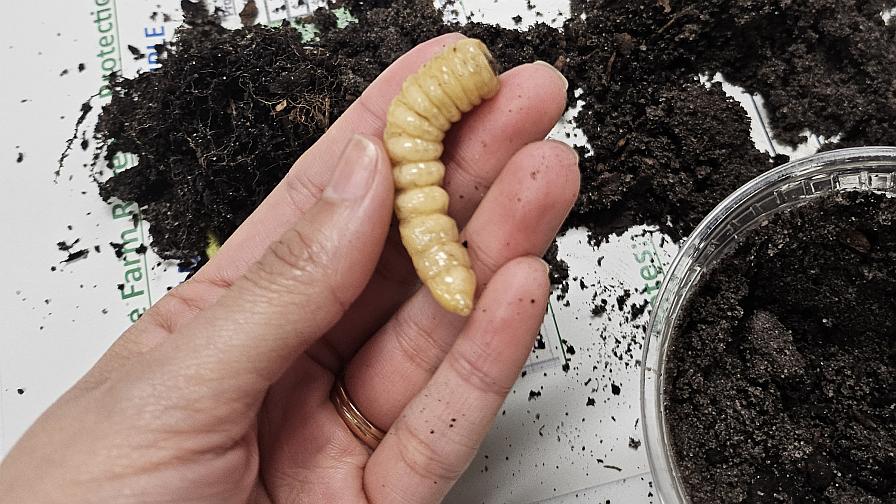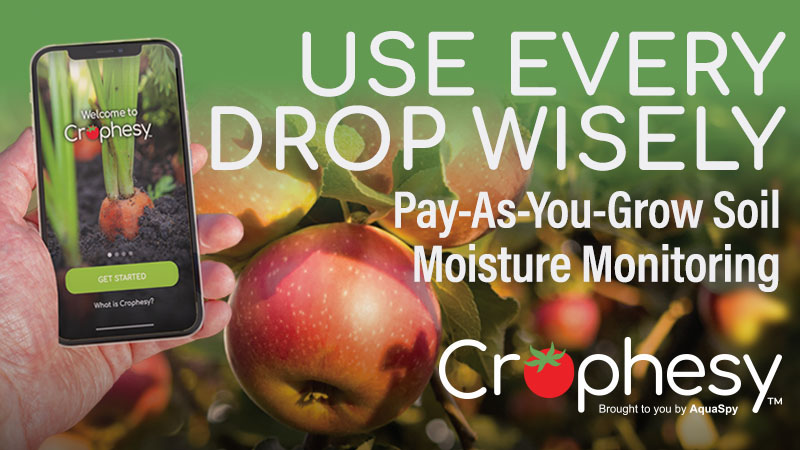Vigilance Key To Beat Prionus Longhorn Beetles in Blueberry Crops
Prionus longhorn beetles, notably Prionus laticollis, Prionus imbricornis, and Prionuscalifornicus (Coleoptera: Cerambycidae), pose significant challenges in agricultural and forestry management in the U.S. due to their damaging larval stages. These species are woodborers that can devastate tree roots, impacting crop yields and forest health. In the last decade, Prionus beetles have emerged as a problem in the blueberry-producing region of North Carolina.
Developing effective management of Prionus species in blueberries requires a comprehensive understanding of their biology, regular monitoring, and integrated tactics.
Identification and Biology
Prionus laticollis (Broad-necked Root Borer): These beetles can grow up to 2 inches in length (adults). They have a blackish to reddish-brown coloration and are commonly found in the eastern U.S., where they primarily affect fruit trees like apple and cherry.
Prionus imbricornis (Tilehorned Prionus): Similar in size to P. laticollis, they are distinguished by their antenna, which is segmented and appears saw-like. This species is found across the eastern and central U.S. Adult beetles of eastern species of Prionus (P. laticollis and P. imbricornis) typically become active and are visible from late June through the first week of August, with a peak in mid-July. Warmer temperatures in the southeast can cause faster development and adult emergence as early as April or May.
Prionus californicus (California Root Borer): The largest, growing up to 3 inches (adults), found predominantly in the western U.S., affecting crops such as hops and stone fruits like peaches. Adults generally emerge from late June through August.

Prionus longhorn beetle grub collected from commercially grown highbush blueberry in North Carolina.
Photo by L. Lopez, NC State University
All three species have similar lifecycles, beginning as eggs laid in the soil near host trees. The larvae (up to 3.5 inches before pupating) cause the most damage by feeding on the roots for several years (3 to 5 years) before pupating in the soil and emerging as adults. Adults are typically nocturnal and are active from late spring to late summer, depending on the species and environmental conditions.
Host Plants and Damage
These beetles target a variety of crops and woody plants across different regions. These beetles’ larval stage is primarily responsible for the damage, as they bore into the roots and sometimes the lower trunk portions of the trees, causing structural weaknesses and increased susceptibility to diseases and environmental stresses. Affected plants often exhibit canopy dieback and may be easily uprooted due to weakened root systems. Early detection is crucial to mitigate the impact on these economically important crops and trees.
Affected Crops
- Apple trees are commonly targeted, showing signs of gradual thinning and yellowing of foliage and eventual limb-by-limb mortality.
- Cherry trees, along with other stone fruits such as peach and plum, are also affected. These beetles tend to hollow out, girdle, or sever the wood of roots and crowns.
- Pecan trees suffer particularly when old orchards begin to decline, showing weakening limbs over the years..
Management Strategies
Prionus’ long developmental stage makes them difficult to study and control. There are no clear guidelines on how to manage Prionus beetles, but we are working closely with growers to find suitable solutions for blueberry growers to address this pest.
Cultural Controls: Most of these Prionus species are attracted to mature and healthy plants. Remove and destroy infested plants to prevent the spread of larvae. Exposing larvae by removing soil around the roots and physically removing them can be effective on a small scale.
Chemical Controls: There are no registered insecticides against Prionus beetles infesting blueberries. Soil applications of appropriate insecticides are only effective against other blueberry borers, such as the stem and flatheaded borers. Additionally, systemic insecticides are not effective against large grubs of Prionus, and there is little information about their effectiveness against smaller larvae. Also, these insecticides are not available for use in organic blueberries.
For more, continue reading at blueberries.ces.ncsu.edu.









